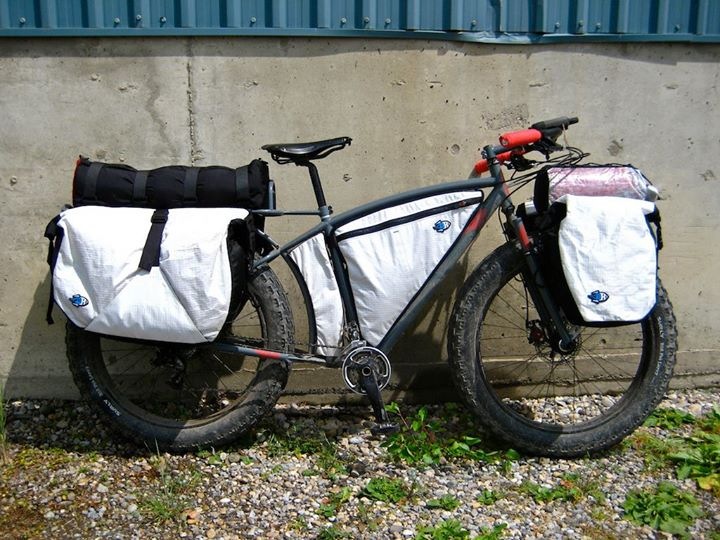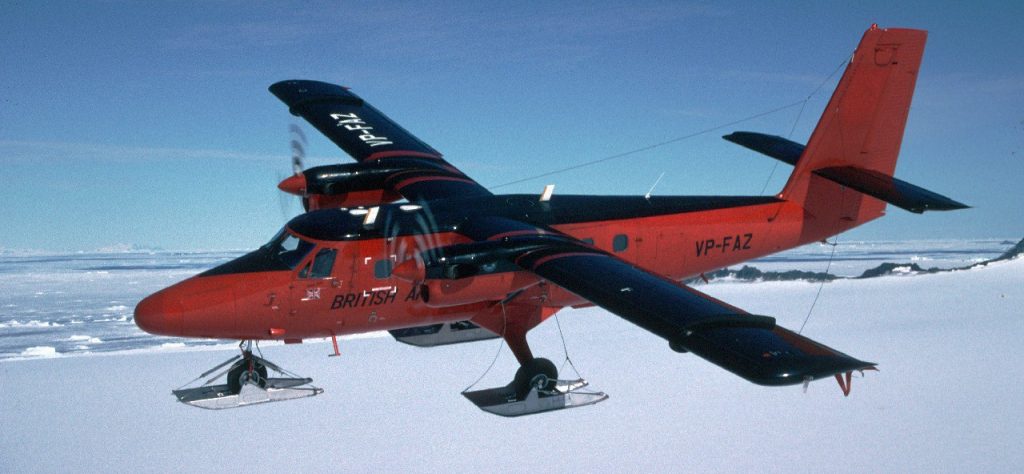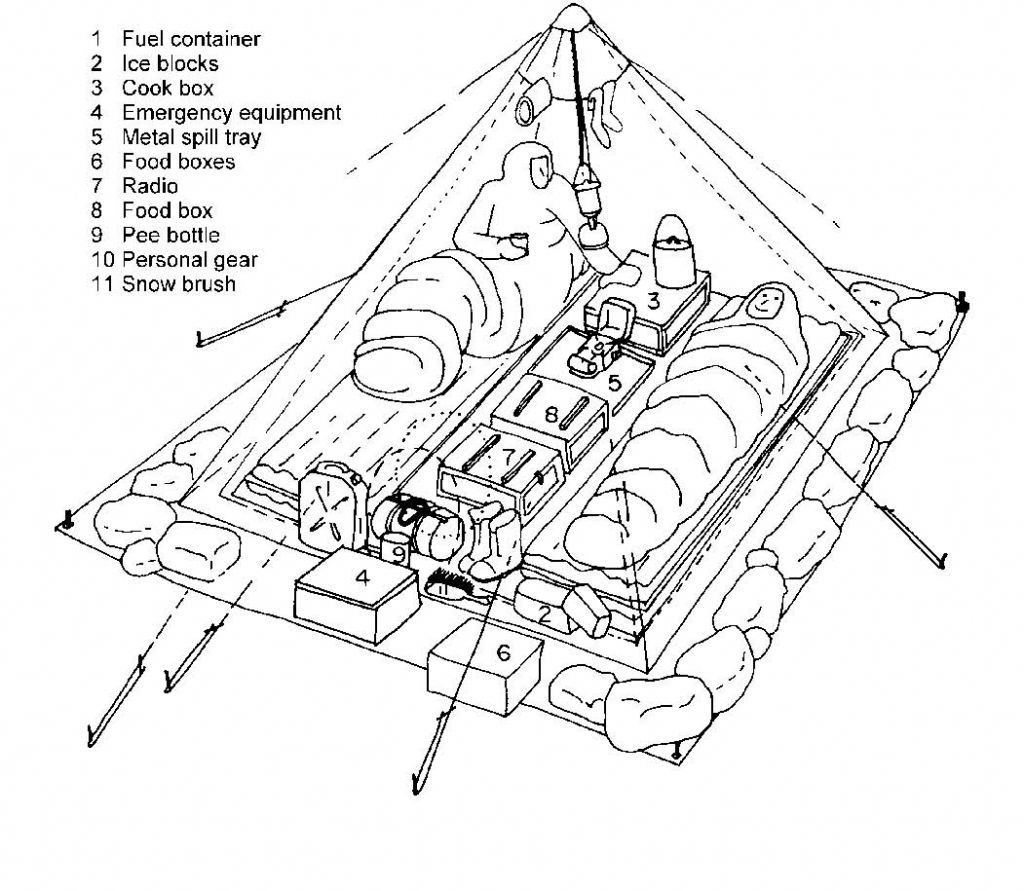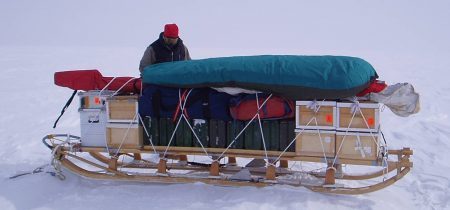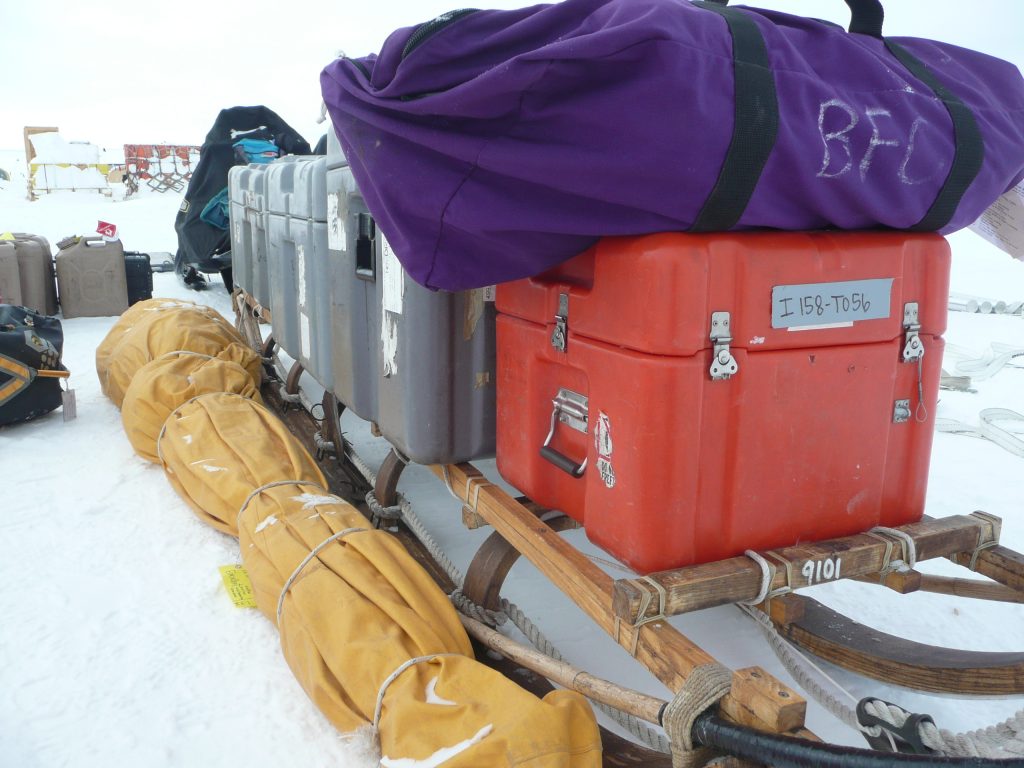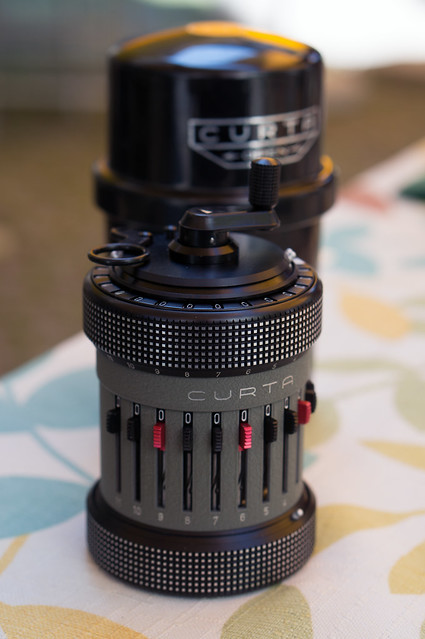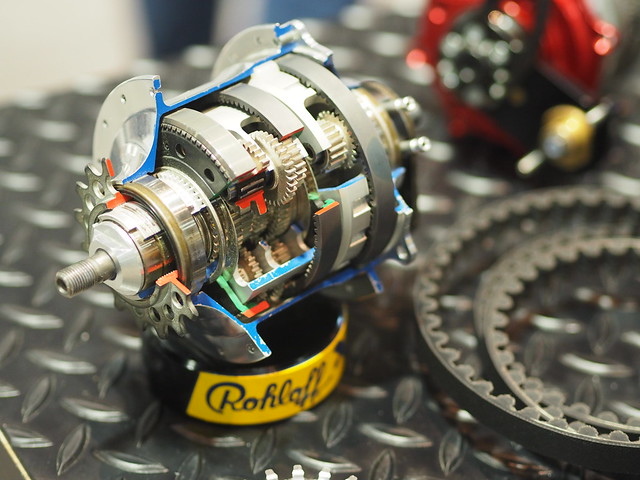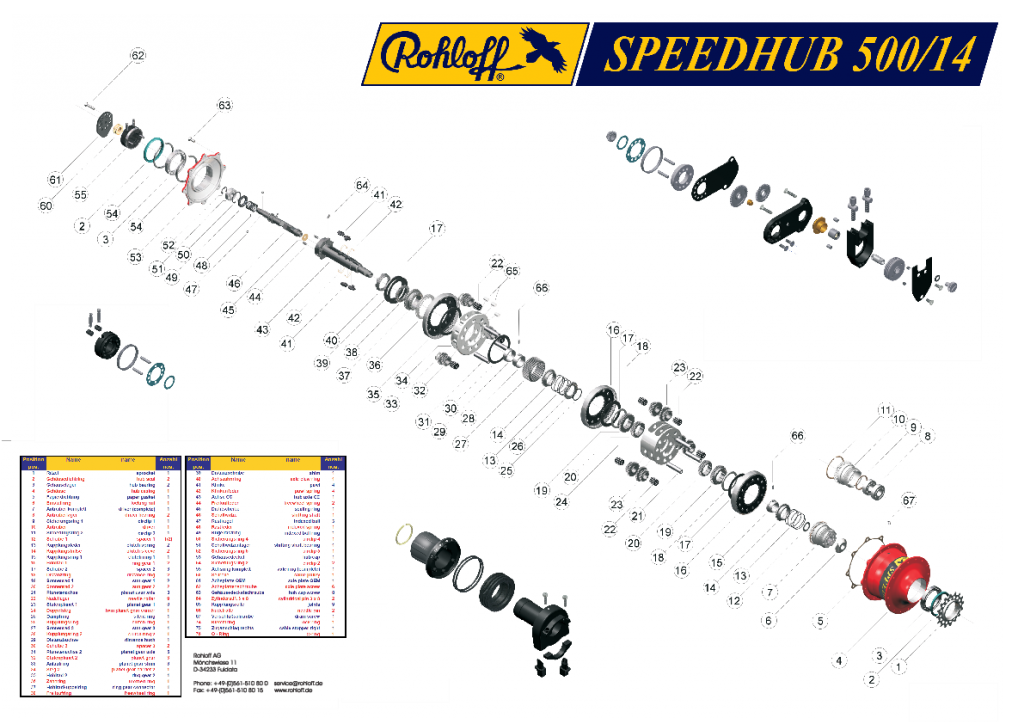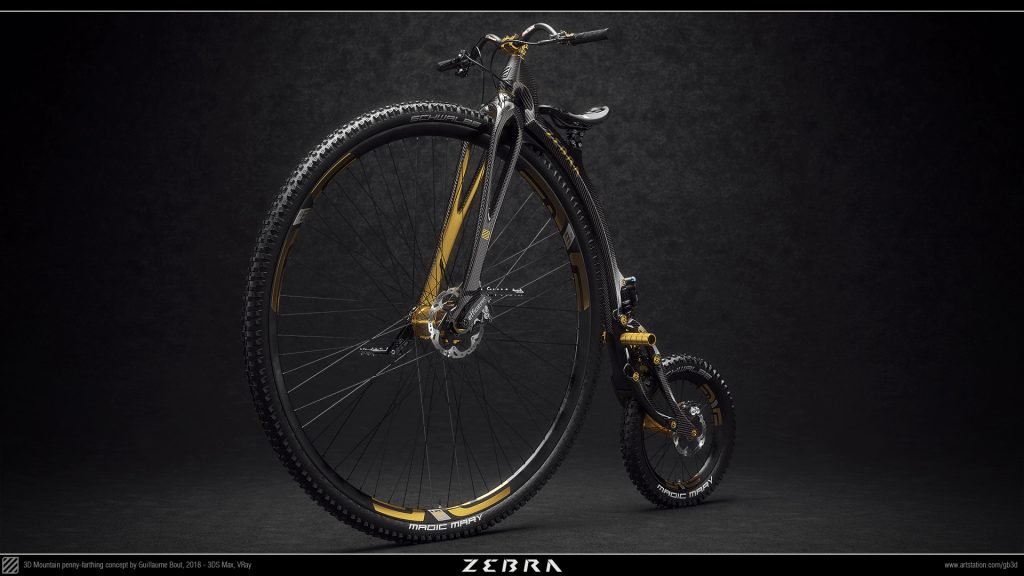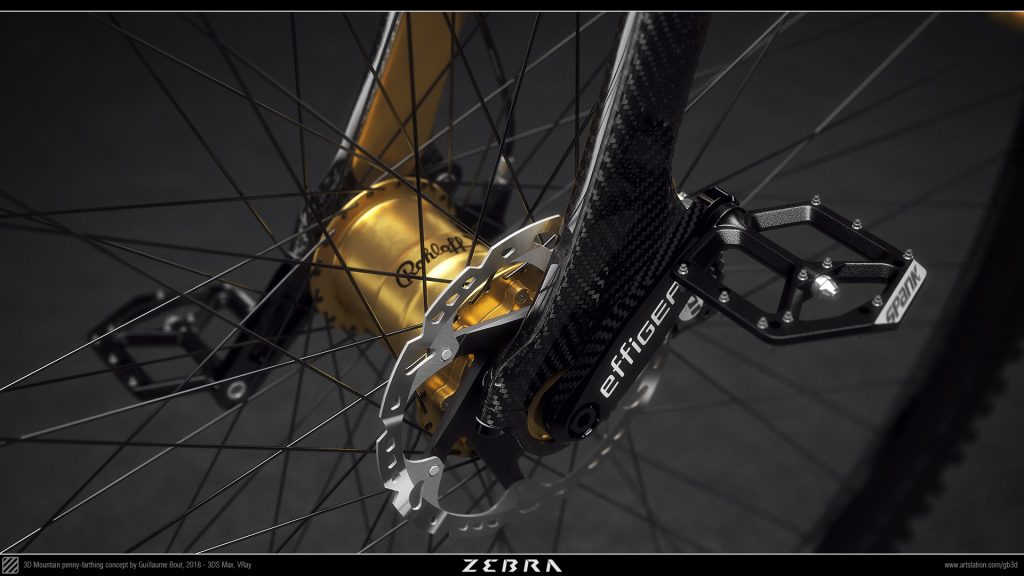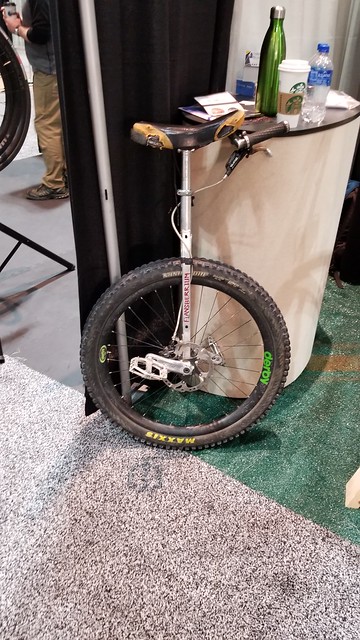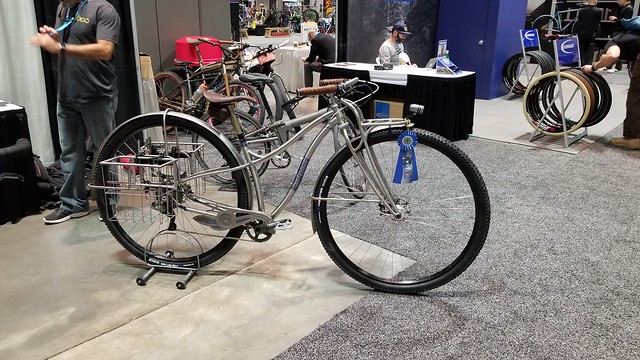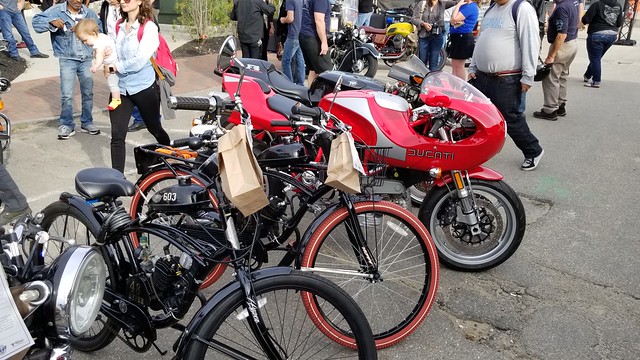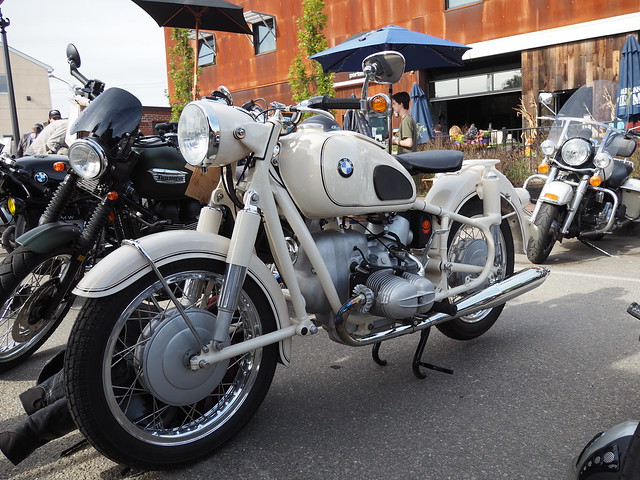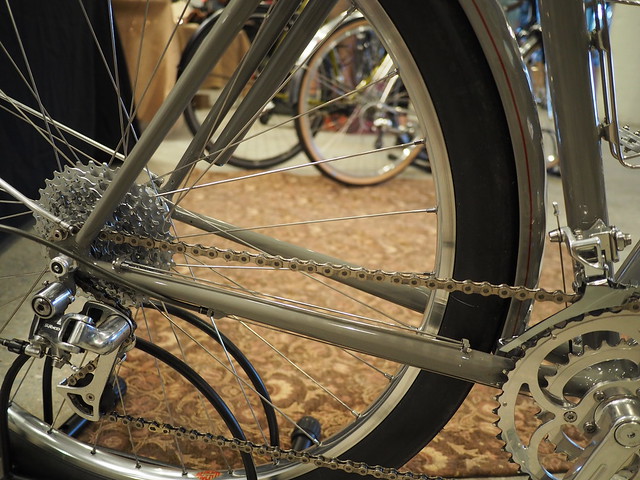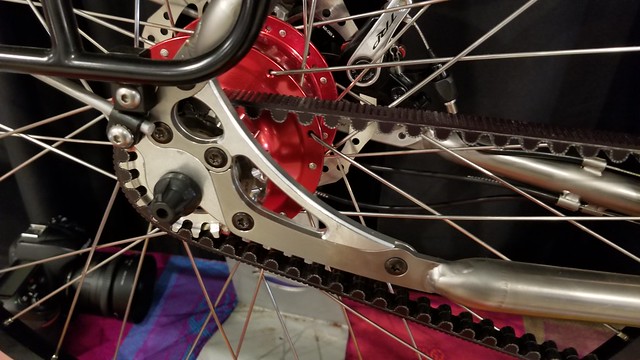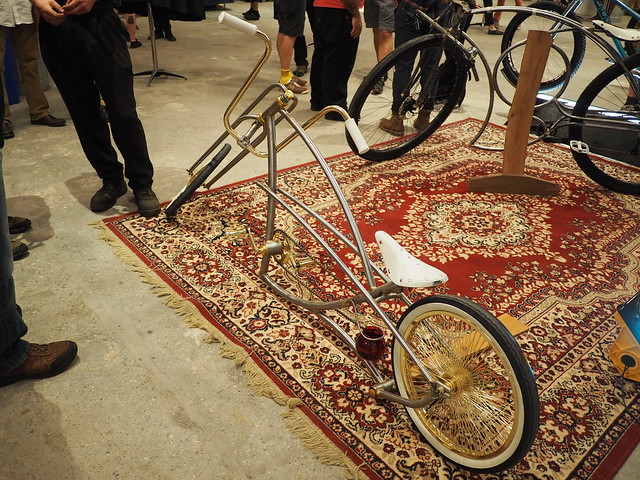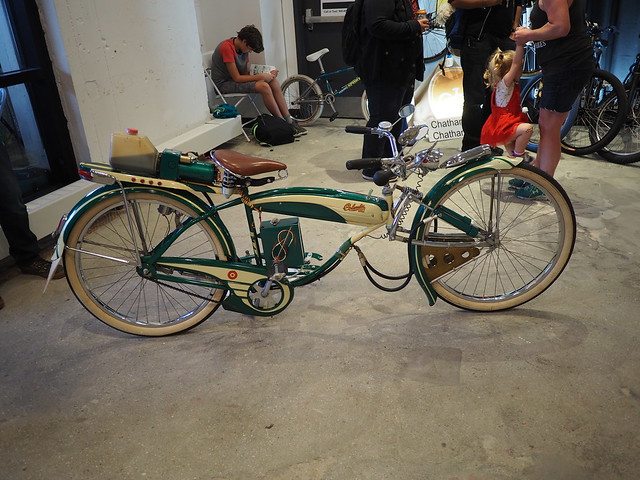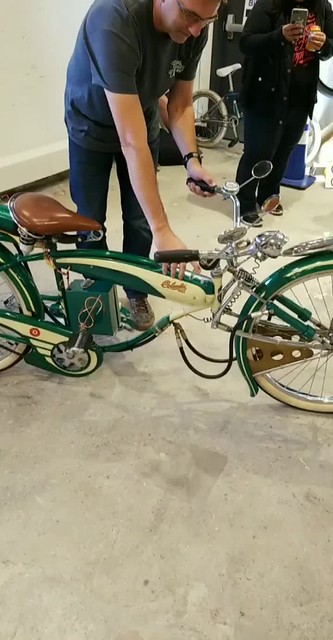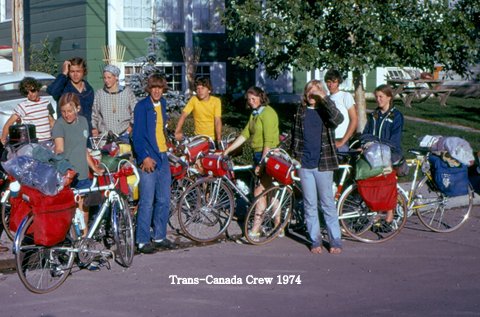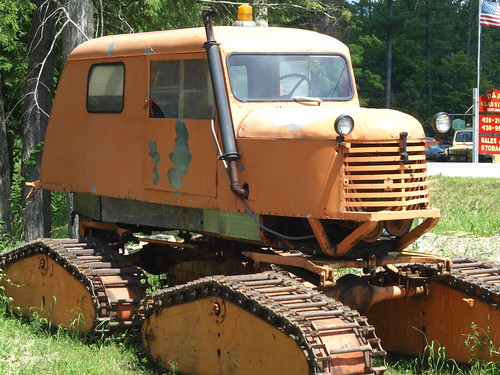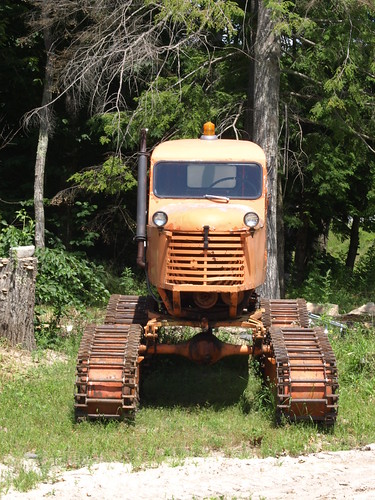Claude Ford knew exactly how it was to hunt a brontosaurus. You crawled heedlessly through the grass beneath the willows, through the little primitive flowers with petals as green and brown as a football field, through the beauty-lotion mud. You peered out at the creature sprawling among the reeds, its body as graceful as a sock full of sand. There it lay, letting the gravity cuddle it nappy-damp to the marsh, running its big rabbit hole nostrils a foot above the grass in a sweeping semi-circle, in a snoring search for more sausagey reeds. It was beautiful: here horror had reached its limits, come full circle, and finally disappeared up its own sphincter movement. Its eyes gleamed with the liveliness of a week-dead corpse’s big toe, and its compost breath and the fur in its crude aural cavities were particularly to be recommended to anyone who might otherwise have felt inclined to speak lovingly of the work of Mother Nature.
But as you, little mammal with opposed digit and .65 self-loading, semi-automatic, dual-barrelled, digitally-computed, telescopically sighted, rustless, high-powered rifle gripped in your otherwise-defenceless paws, as you snide along under the bygone willows, what primarily attracts you is the thunder lizard’s hide. It gives off a smell as deeply resonant as the bass note of a piano. It makes the elephant’s epidermis look like a sheet of crinkled lavatory paper. It is grey as the Viking seas, daft-deep as cathedral foundations. What contact possible to bone could allay the fever of that flesh? Over it scamper – you can see them from here! – the little brown lice that live in those grey walls and canyons, gay as ghosts, cruel as crabs. If one of them jumped on you, it would very likely break your back. And when one of those parasites stops to cock its leg against one of the bronto’s vertebrae, you can see it carries in its turn its own crop of easy-livers, each as big as a lobster, for you’re near now, oh, so near that you can hear the monster’s primitive heart-organ knocking, as the ventricle keeps miraculous time with the auricle.
Time for listening to the oracle is past: you’re beyond the stage for omens, you’re now headed in for the kill, yours or his; superstition has had its little day for today, from now on only this windy nerve of yours, this shaky conglomeration of muscle entangled untraceably beneath the sweat-shiny carapace of skin, this bloody little urge to slay the dragon, is going to answer all your orisons.
You could shoot now. Just wait till that tiny steam-shovel head pauses once again to gulp down a quarry load of bulrushes, and with one inexpressibly vulgar bang you can show the whole indifferent Jurassic world that it’s standing looking down the business end of evolution’s sex-shooter. You know why you pause, even as you pretend not to know why you pause; that old worm conscience, long as a baseball pitch, long-lived as a tortoise, is at work; through every sense it slides more monstrous than the serpent. Through the passions: saying here is a sitting duck, O Englishman! Through the intelligence: whispering that boredom, the kite-hawk who never feeds, will settle again when the task is done. Through the nerves: sneering that when the adrenalin currents cease to ?ow the vomiting begins. Through the maestro behind the retina: plausibly forcing the beauty of the view upon you.
Spare us that poor old slipper-slopper of a word, beauty; holy mom, is this a travelogue, nor are we out of it? ‘Perched now on this titanic creature’s back, we see a round dozen – and folks let me stress that round – of gaudily plumaged birds, exhibiting between them all the colour you might expect to find on lovely, fabled Copacabana Beach. They’re so round because they feed from the droppings that fall from the rich man’s table. Watch this lovely shot now! See the bronto’s tail lift . . . Oh, lovely, yep, a couple of hayricksfull at least emerging from his nether end. That sure was a beauty, folks, delivered straight from consumer to consumer. The birds are fighting over it now. Hey, you, there’s enough to go round, and anyhow, you’re round enough already . . . And nothing to do now but hop back up onto the old rump steak and wait for the next round. And now as the sun stinks in the Jurassic West, we say “Fare well on that diet” . . .’
No, you’re procrastinating, and that’s a life work. Shoot the beast and put it out of your agony. Taking your courage in your hands, you raise it to shoulder level and squint down its sights. There is a terrible report; you are half stunned. Shakily, you look about you. The monster still munches, relieved to have broken enough wind to unbecalm the Ancient Mariner.
Angered, or is it some subtler emotion?, you now burst from the bushes and confront it, and this exposed condition is typical of the straits into which your consideration for yourself and others continually pitches you. Consideration? Or again something subtler? Why should you be confused just because you come from a confused civilization? But that’s a point to deal with later, if there is a later, as these two hog-wallow eyes pupilling you all over from spitting distance tend to dispute. Let it not be by jaws alone, oh monster, but also by huge hooves and, if convenient to yourself, by mountainous rollings upon me! Let death be a saga, sagacious, Beowulfate.
Quarter of a mile distant is the sound of a dozen hippos springing boisterously in gymslips from the ancestral mud, and next second a walloping great tail as long as Sunday and as thick as Saturday comes dicing over your head. You duck as duck you must, but the beast missed you anyway because it so happens that its coordination is no better than yours would be if you had to wave the Woolworth Building at a tarsier. This done, it seems to feel it has done its duty by itself. It forgets you. You just wish you could forget yourself as easily; that was, after all, the reason you had to come the long way here. Get Away From It All, said the time travel brochure, which meant for you getting away from Claude Ford, a husbandman as futile as his name with a terrible wife called Maude. Maude and Claude Ford. Who could not adjust to themselves, to each other, or to the world they were born in. It was the best reason in the as-it-is-at-present-constituted world for coming back here to shoot giant saurians – if you were fool enough to think that one hundred and ?fty million years either way made an ounce of difference to the muddle of thoughts in a man’s cerebral vortex.
You try and halt your silly, slobbering thoughts, but they have never really stopped since the coca-collaborating days of your growing up; God, if adolescence did not exist it would be unnecessary to invent it! Slightly, it steadies you to look again on the enormous bulk of this tyrant vegetarian into whose presence you charged with such a mixed death-life wish, charged with all the emotion the human orga(ni)sm is capable of. This time the bogeyman is real, Claude, just as you wanted it to be, and this time you really have to face up to it before it turns and faces you again. And so again you lift Ole Equalizer, waiting till you can spot the vulnerable spot.
The bright birds sway, the lice scamper like dogs, the marsh groans, as bronto sways over and sends his little cranium snaking down under the bile-bright water in a forage for roughage. You watch this; you have never been so jittery before in all your jittered life, and you are counting on this catharsis to wring the last drop of acid fear out of your system for ever. OK, you keep saying to yourself insanely over and over, your million dollar, twenty-second century education going for nothing, OK, OK. And as you say it for the umpteenth time, the crazy head comes back out of the water like a renegade express and gazes in your direction.
Grazes in your direction. For as the champing jaw with its big blunt molars like concrete posts works up and down, you see the swamp water course out over rimless lips, lipless rims, splashing your feet and sousing the ground. Reed and root, stalk and stem, leaf and loam, all are intermittently visible in that masticating maw and, struggling, straggling, or tossed among them, minnows, tiny crustaceans, frogs – all destined in that awful, jaw-full movement to turn into bowel movement. And as the glump-glump-glumping takes place, above it the slime resistant eyes again survey you.
These beasts live up to two hundred years, says the time travel brochure, and this beast has obviously tried to live up to that, for its gaze is centuries old, full of decades upon decades of wallowing in its heavyweight thoughtlessness until it has grown wise on twitter-patedness. For you it is like looking into a disturbing misty pool; it gives you a psychic shock, you ?re off both barrels at your own re?ection. Bang-bang, the dum-dums, big as paw-paws, go.
Those century-old lights, dim and sacred, go out with no indecision. These cloisters are closed till Judgement Day. Your reflection is torn and bloodied from them for ever. Over their ravaged panes nictitating membranes slide slowly upwards, like dirty sheets covering a cadaver. The jaw continues to munch slowly, as slowly the head sinks down. Slowly, a squeeze of cold reptile blood toothpastes down the wrinkled ?ank of one cheek. Everything is slow, a creepy Secondary Era slowness like the drip of water, and you know that if you had been in charge of creation you would have found some medium less heart-breaking than Time to stage it all in.
Never mind! Quaff down your beakers, lords, Claude Ford has slain a harmless creature. Long live Claude the Clawed!
“You watch breathless as the head touches the ground, the long laugh of neck touches the ground, the jaws close for good. You watch and wait for something else to happen, but nothing ever does. Nothing ever would. You could stand here watching for a hundred and fifty million years, Lord Claude, and nothing would ever happen here again. Gradually your bronto’s mighty carcass, picked loving clean by predators, would sink into the slime, carried by its own weight deeper; then the waters would rise, and old Conqueror Sea would come in with the leisurely air of a card-sharp dealing the boys a bad hand. Silt and sediment would filter down over the mighty grave, a slow rain with centuries to rain in. Old bronto’s bed might be raised up and then down again perhaps half a dozen times, gently enough not to disturb him, although by now the sedimentary rocks would be forming thick around him. Finally, when he was wrapped in a tomb finer than any Indian rajah ever boasted, the powers of the Earth would raise him high on their shoulders until, sleeping still, bronto would lie in a brow of the Rockies high above the waters of the Pacific. But little any of that would count with you, Claude the Sword; once the midget maggot of life is dead in the creature’s skull, the rest is no concern of yours.
You have no emotion now. You are just faintly put out. You expected dramatic thrashing of the ground, or bellowing; on the other hand, you are glad the thing did not appear to suffer. You are like all cruel men, sentimental; you are like all sentimental men, squeamish. You tuck the gun under your arm and walk round the land side of the dinosaur to view your victory.
You prowl past the ungainly hooves, round the septic white of the cliff of belly, beyond the glistening and how-thought-provoking cavern of the cloaca, finally posing beneath the switch-back sweep of tail-to-rump. Now your disappointment is as crisp and obvious as a visiting card: the giant is not half as big as you thought it was. It is not one half as large, for example, as the image of you and Maude is in your mind. Poor little warrior, science will never invent anything to assist the titanic death you want in the contraterrene caverns of your fee-fo-fi-fumblingly fearful id!
Nothing is left to you now but to slink back to your time-mobile with a belly full of anti- affairs; one by one, they gather up their hunched wings and fly disconsolately off across the swamp to other hosts. They know when a good thing turns bad, and do not wait for the vultures to drive them off; all hope abandon, ye who entrail here. You also turn away.
You turn, but you pause. Nothing is left but to go back, no, but ad 2181 is not just the home date; it is Maude. It is Claude. It is the whole awful, hopeless, endless business of trying to adjust to an over-complex environment, of trying to turn yourself into a cog. Your escape from it into the Grand Simplicities of the Jurassic, to quote the brochure again, was only a partial escape, now over.
So you pause, and as you pause, something lands socko on your back, pitching you face forward into tasty mud. You struggle and scream as lobster claws tear at your neck and throat. You try to pick up the rifle but cannot, so in agony you roll over, and next second the crab-thing is greedying it on your chest. You wrench at its shell, but it giggles and pecks your fingers off. You forgot when you killed the bronto that its parasites would leave it, and that to a little shrimp like you they would be a deal more dangerous than their host.
You do your best, kicking for at least three minutes. By the end of that time there is a whole pack of the creatures on you. Already they are picking your carcass loving clean. You’re going to like it up there on top of the Rockies; you won’t feel a thing. *
The first thing that struck me is how mean it is – nothing is any good. Neither the hunter nor the prey are treated sympathetically at all. Life sucks, then you die. But then I started thinking about the twist: the dinosaur parasites. I recalled reading something recently about Cretaceous lice – off to the google! Yep, I remembered right. Summaries here and here and a link to the paper via the graphic below.
What keeps bringing me up short regarding Aldiss’ story is size. I don’t see any indication that the Cretaceous dinolice were the size of refrigerators. “Wait a minute,” you say, “Maybe Aldiss was using ‘lice’ generically.” Good point, and especially so since lice seem to be associated with either feathers or hair and I’m not sure what the current thinking on Diplodocid pelage is. So let’s put lice, specifically, aside and think about large skin parasites. There aren’t any. The largest creature on the planet right now live in a medium that is much more large-critter-with-exoskeleton friendly than air, and yet Wikipedia tells me that whale lice (not really lice) “length ranges from 5 to 25 millimetres (0.2 to 1.0 in) depending on the species.”* Do elephants have lice or ticks or mites that are, let’s say, softball sized? Nope. One explanation that makes sense to me is the problem of predation.
If you’re going to be confined (more or less) to the skin of your host, getting large just paints a “lunch is served” sign on your back. Better, apparently, to remain small and numerous. Am I crazy? I’m trying to think of a creature that is simultaneously large and host-oriented enough that it won’t leave a live host. Coming up empty.








